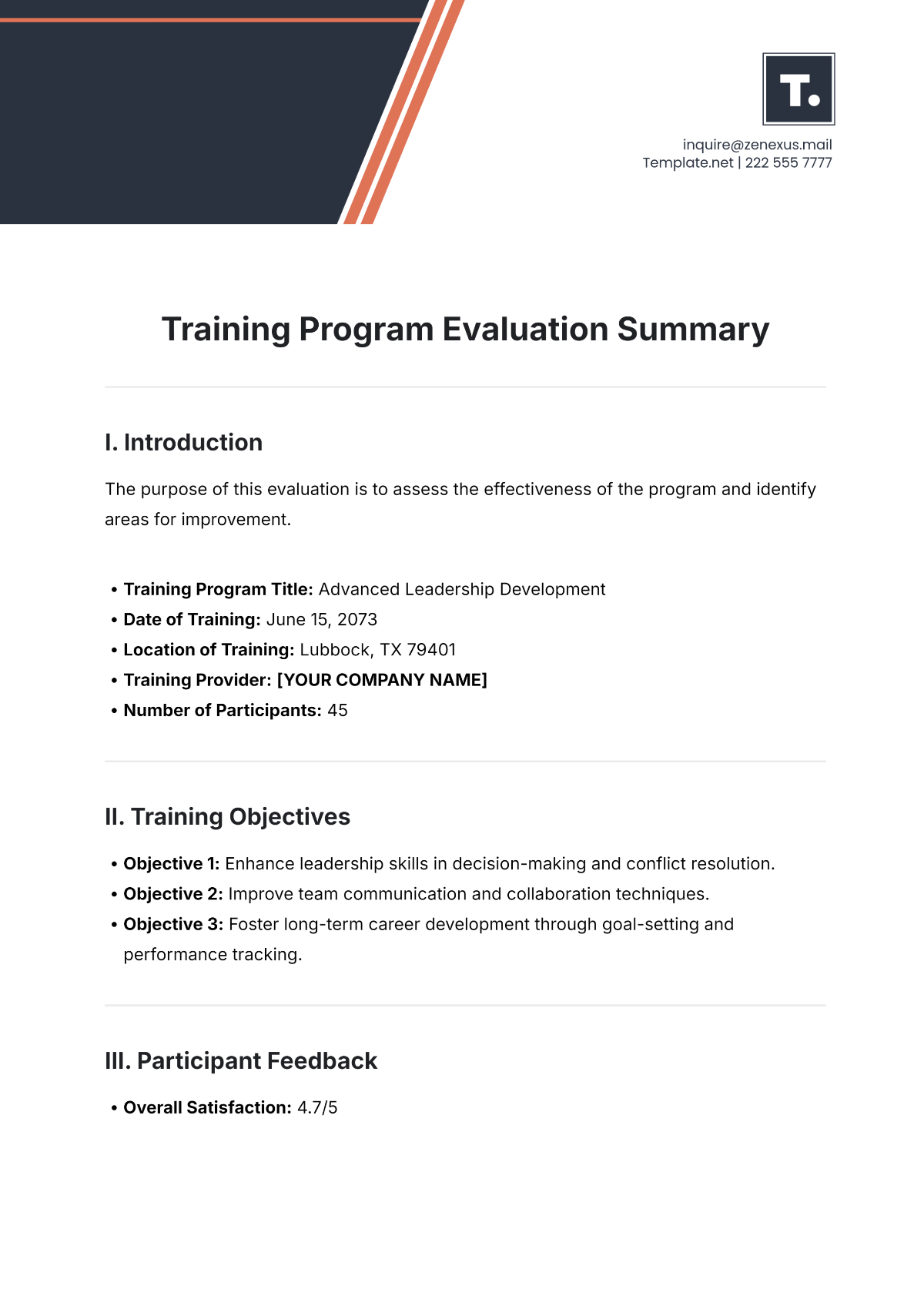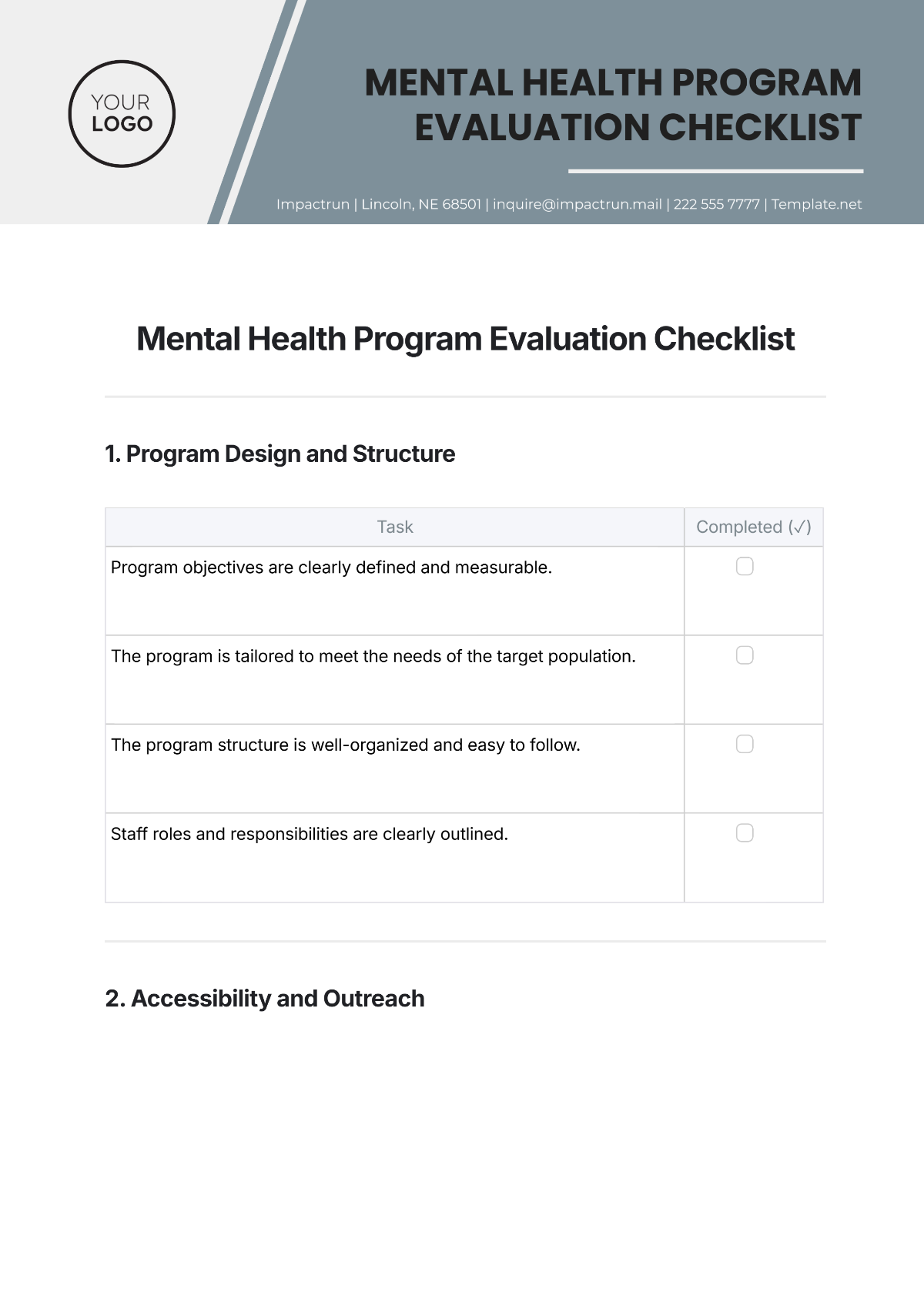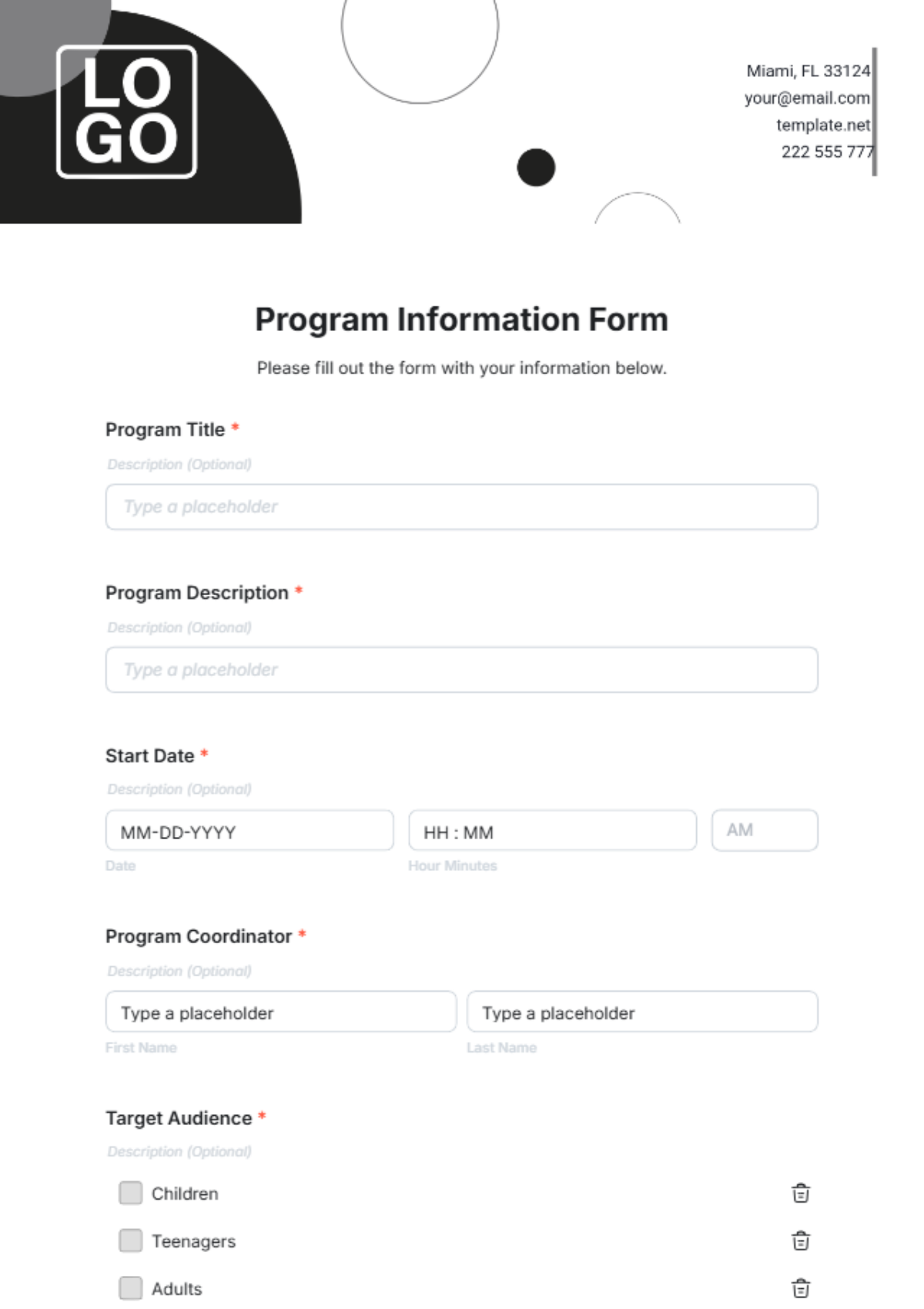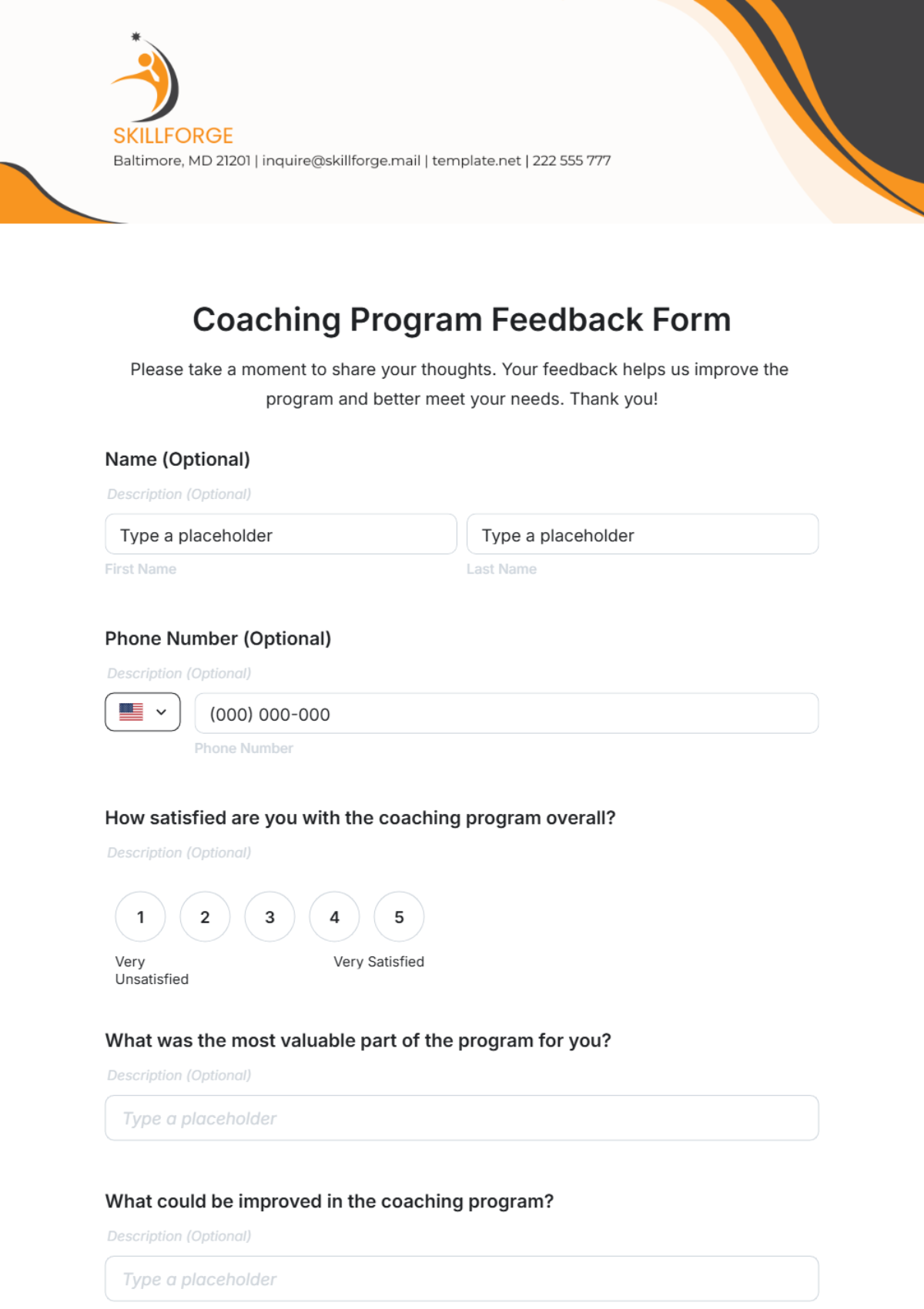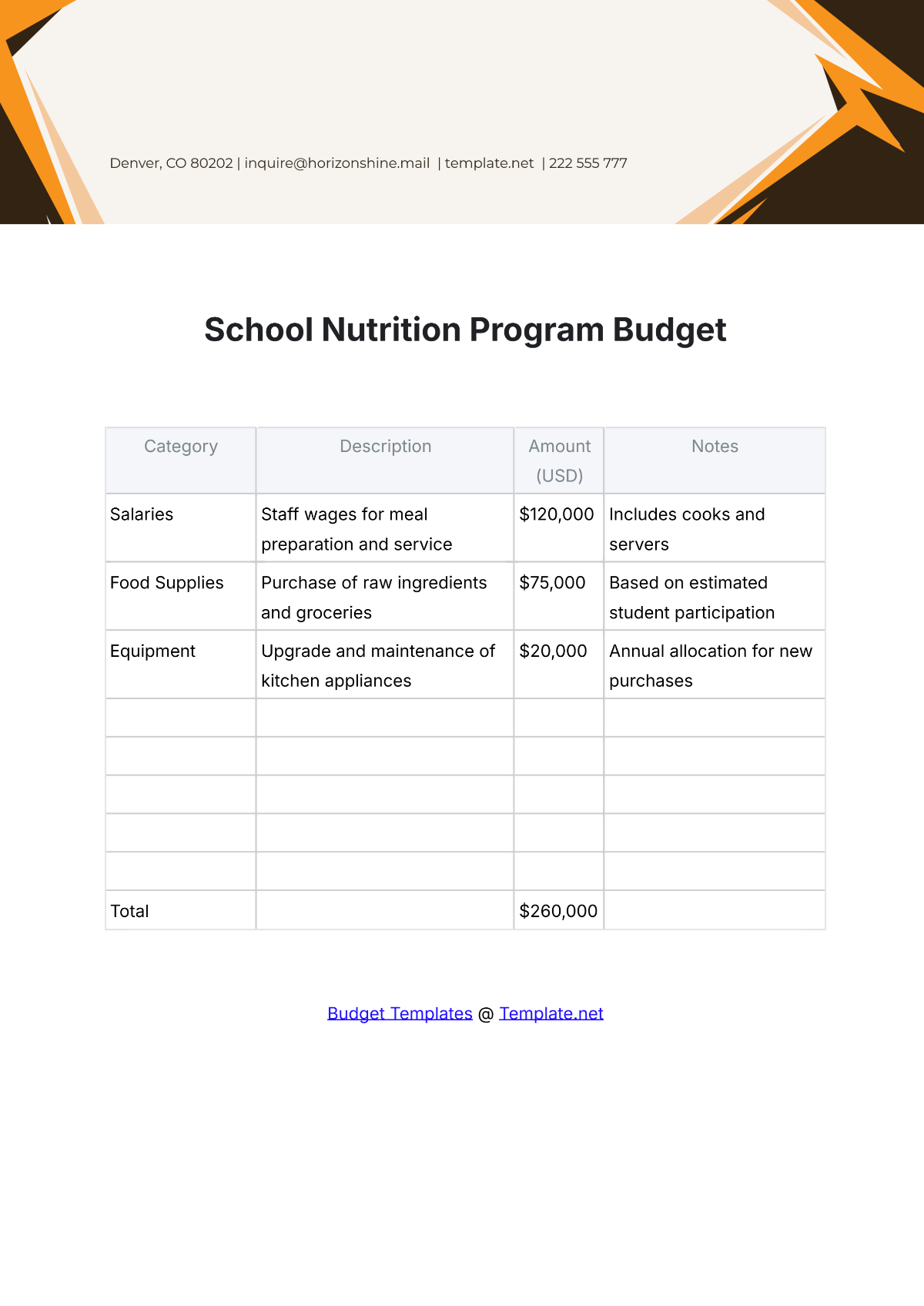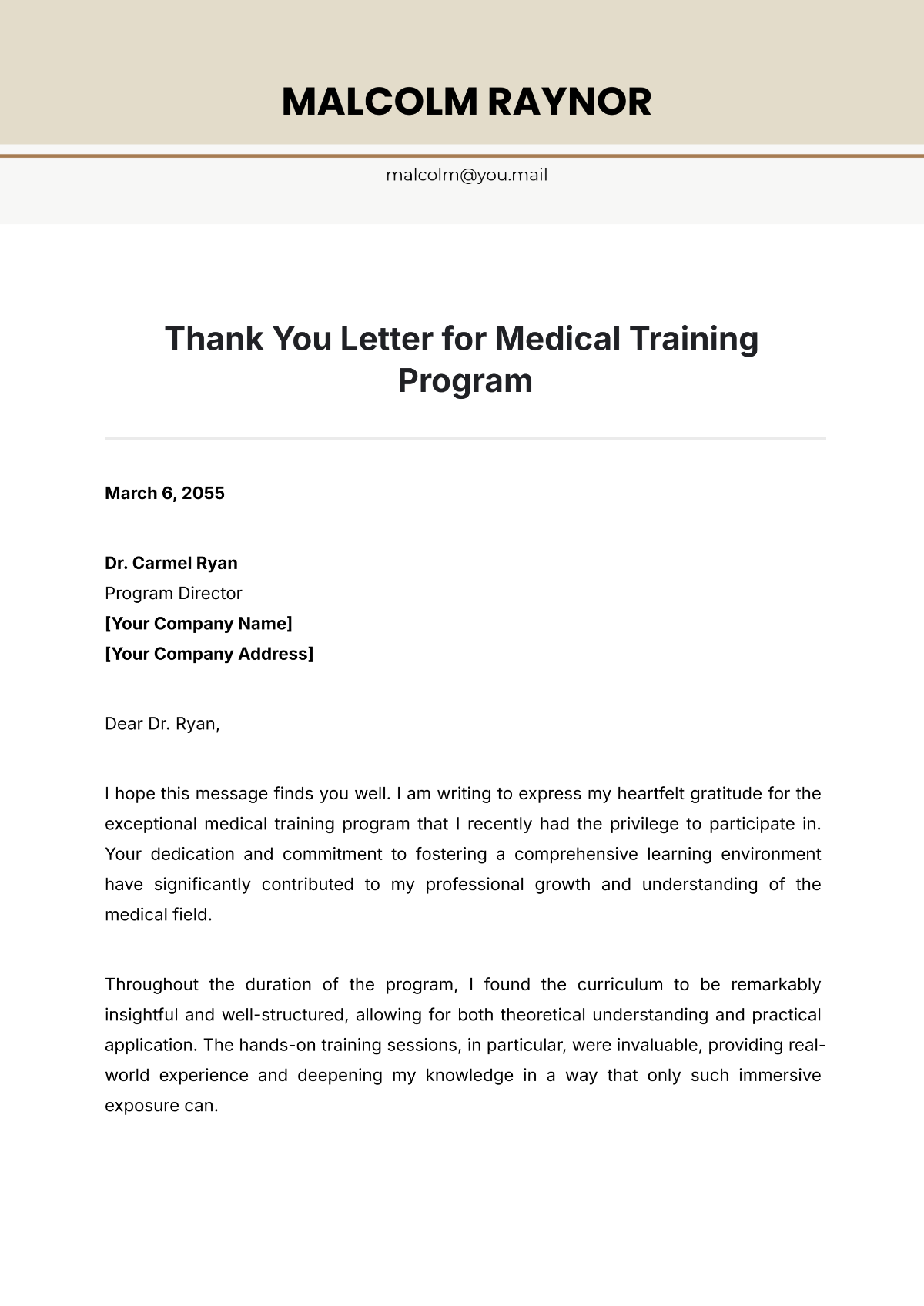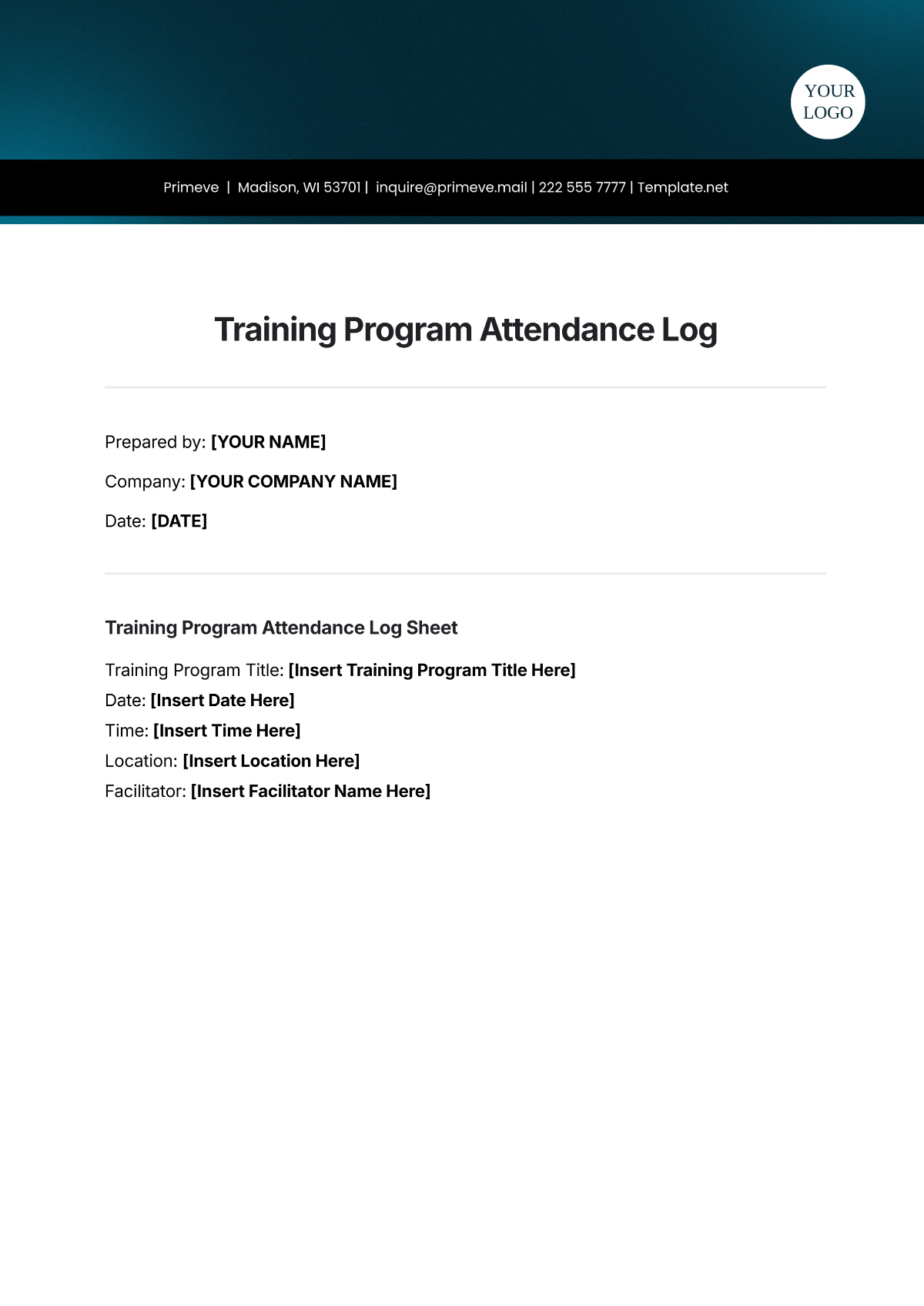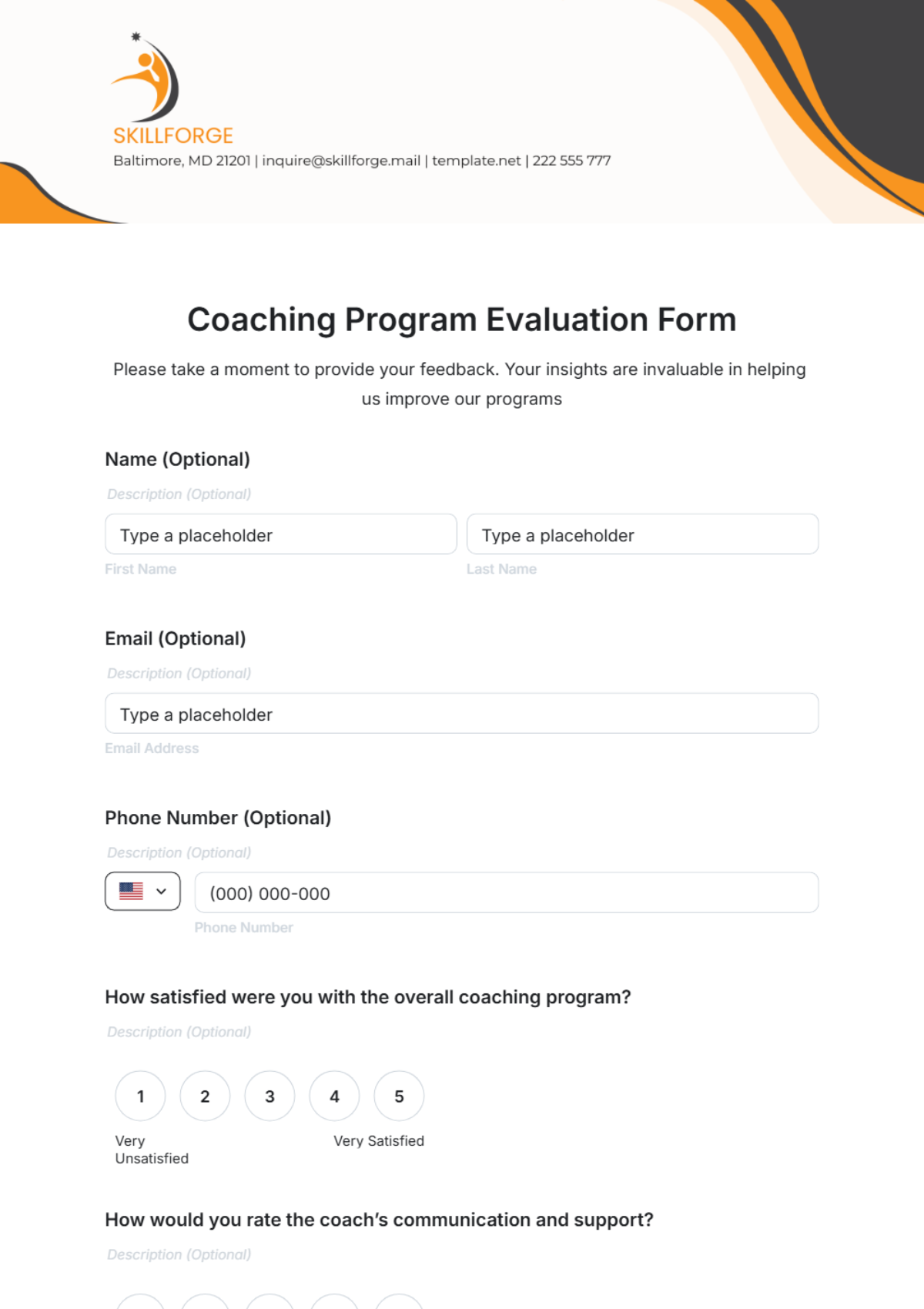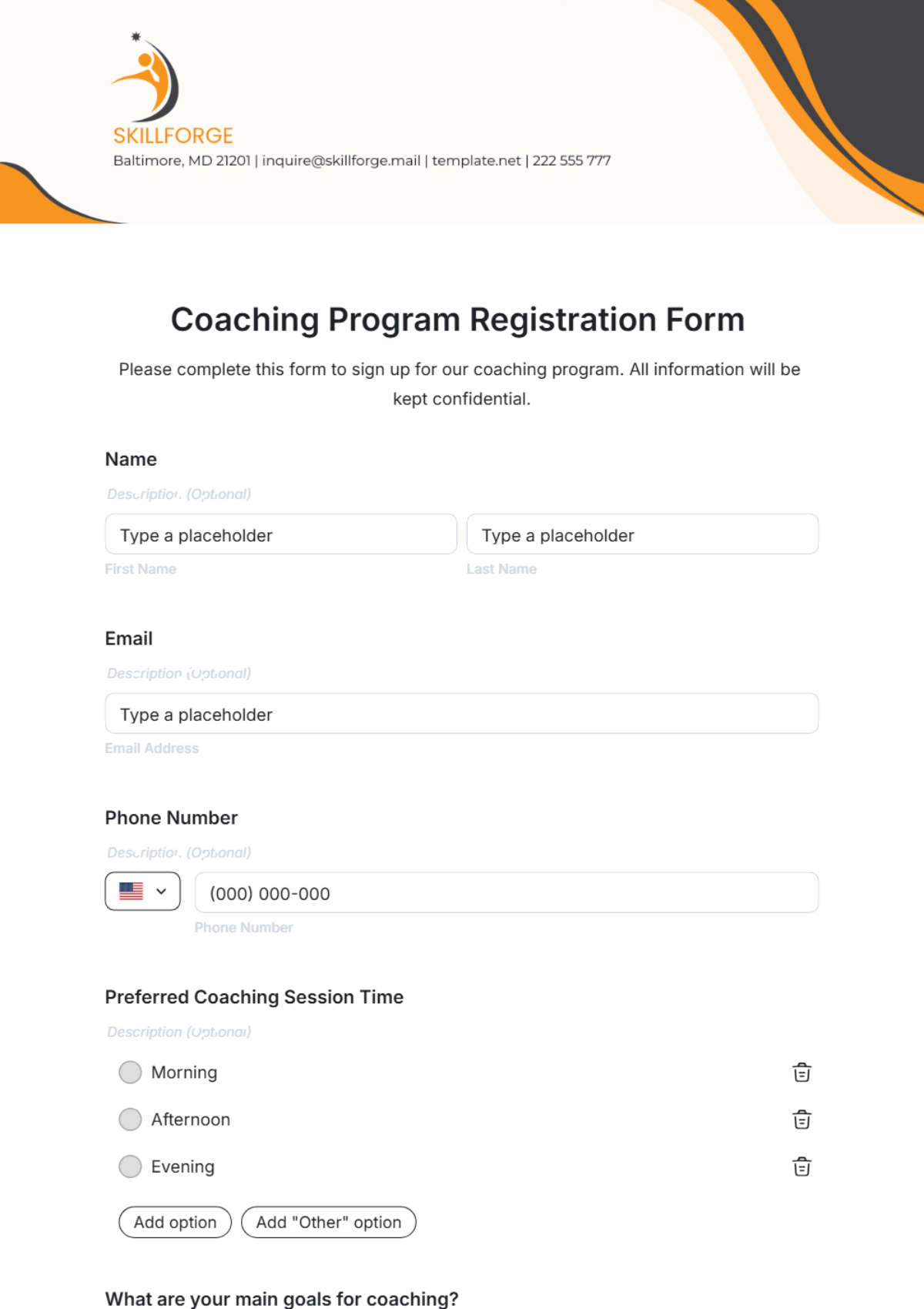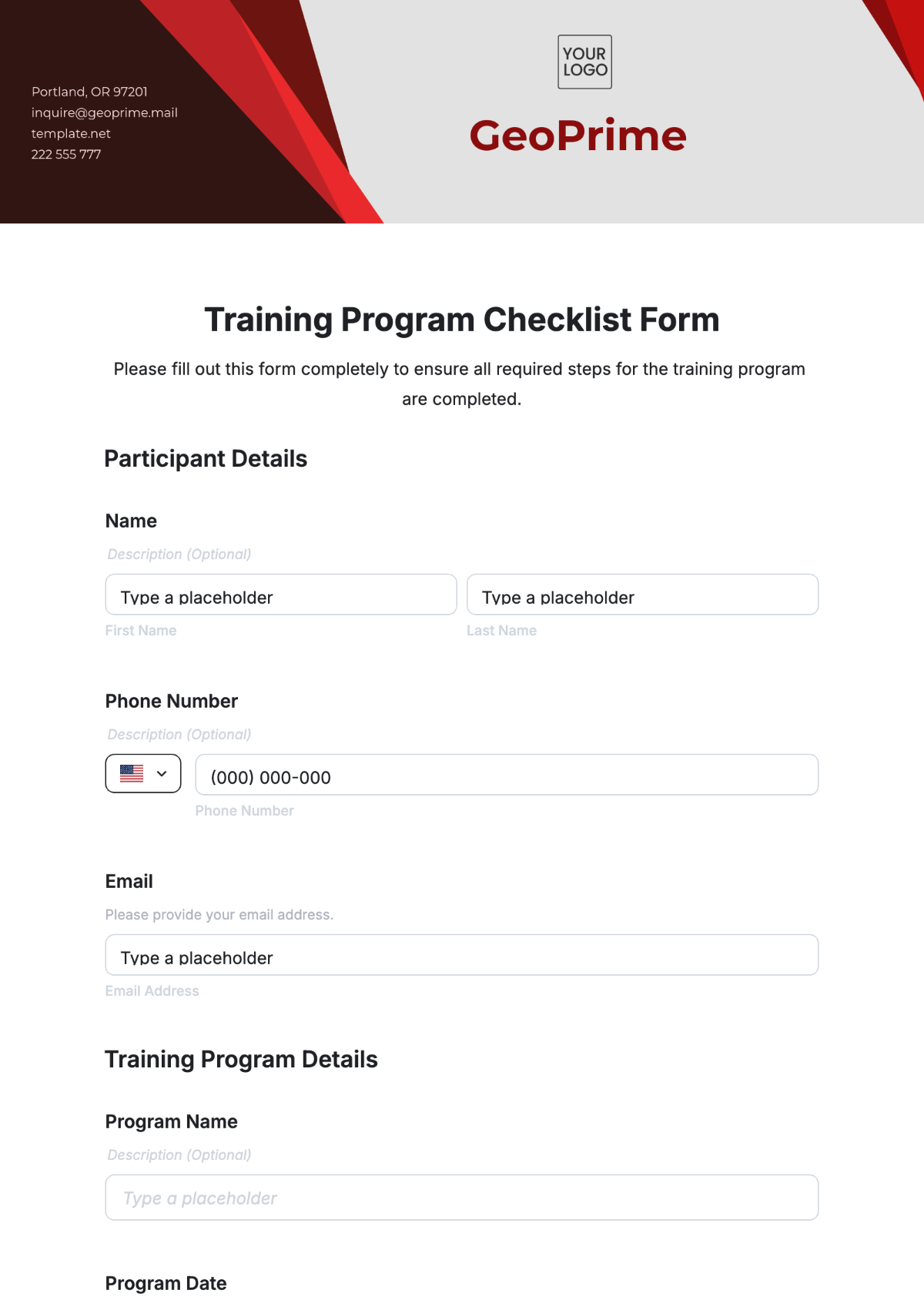Free Administration Supplier Diversity Program Proposal Template
Executive Summary
Our proposed Comprehensive Supplier Diversity Program aims to promote diversity, equity, and inclusion within our organization's supply chain. By prioritizing procurement from minority-owned, women-owned, LGBTQ-owned, veteran-owned, and disabled-owned businesses, we not only support underrepresented communities but also foster innovation, enhance competitiveness, and contribute to economic growth. This program outlines strategies, policies, and initiatives to cultivate a diverse supplier base, increase procurement opportunities for historically marginalized groups, and drive sustainable business practices.
Introduction
In today's global marketplace, diversity in supplier relationships is not just a moral imperative but a strategic advantage. Our organization recognizes the importance of supplier diversity in driving innovation, fostering community engagement, and mitigating risks. Through this Supplier Diversity Program, we seek to align our procurement practices with our values of inclusivity and social responsibility.
Objectives
Promote Diversity: Our primary objective is to promote diversity within our supplier base by actively seeking out and engaging with businesses owned by minorities, women, LGBTQ individuals, veterans, and individuals with disabilities. By diversifying our supplier pool, we aim to reflect the rich tapestry of our society and create opportunities for historically underrepresented groups.
Expand Opportunities: We are committed to providing equitable access to procurement opportunities for diverse suppliers. Through proactive outreach, capacity-building initiatives, and fair procurement practices, we seek to level the playing field and ensure that minority-owned businesses have the same chance to compete and succeed as their larger counterparts
Drive Economic Impact: Supporting economic development in diverse communities is a key objective of our supplier diversity program. By investing in minority-owned businesses and channeling procurement dollars into underserved neighborhoods, we aim to stimulate job creation, wealth accumulation, and entrepreneurial activity, ultimately contributing to the overall prosperity of society.
Enhance Innovation: Diversity fuels innovation. By partnering with a wide range of suppliers from diverse backgrounds, we open ourselves up to new ideas, perspectives, and approaches. Our objective is to harness the creativity and ingenuity of diverse suppliers to drive continuous improvement, spark innovation, and stay ahead of the curve in a rapidly changing business landscape.
Ensure Compliance: Compliance with regulatory requirements and industry best practices is essential to the success of our supplier diversity program. Our objective is to adhere to all relevant laws, regulations, and guidelines governing supplier diversity, while also staying abreast of emerging trends and standards in the field. By maintaining a robust compliance framework, we demonstrate our commitment to integrity, transparency, and accountability in all aspects of our operations.
Methodology
Baseline Assessment:
Conduct a thorough review of current procurement practices, supplier demographics, and diversity initiatives within the organization.
Analyze historical procurement data to identify patterns and trends in supplier diversity.
Survey key stakeholders, including procurement teams, department heads, and diverse suppliers, to gather insights and feedback on existing practices.
Benchmarking and Best Practices Research:
Benchmark our supplier diversity efforts against industry peers and leaders to identify gaps and opportunities for improvement.
Research best practices and case studies from organizations renowned for their successful supplier diversity programs.
Engage with industry experts, consultants, and diversity organizations to gain insights into emerging trends and innovative approaches.
Stakeholder Engagement:
Form a cross-functional task force comprising representatives from procurement, diversity and inclusion, finance, legal, and executive leadership.
Conduct workshops, focus groups, and one-on-one meetings to gather input and perspectives from internal stakeholders on supplier diversity goals, challenges, and priorities.
Collaborate with external stakeholders, including diverse suppliers, community organizations, advocacy groups, and regulatory agencies, to solicit feedback and build partnerships.
Policy Development and Goal Setting:
Draft supplier diversity policies and guidelines that align with organizational values, regulatory requirements, and industry standards.
Establish measurable goals and targets for increasing the participation of diverse suppliers in procurement activities, such as percentage spend with minority-owned businesses or number of new contracts awarded to women-owned enterprises.
Define clear criteria for identifying diverse suppliers and eligibility requirements for certification or verification.
Capacity Building and Training:
Develop training programs and resources to educate employees on the importance of supplier diversity, unconscious bias, and inclusive procurement practices.
Provide specialized training and support for procurement professionals on sourcing from diverse suppliers, supplier development, and compliance with diversity requirements.
Offer capacity-building workshops, seminars, and mentorship programs for diverse suppliers to enhance their business acumen, operational efficiency, and market competitiveness.
Technology Integration and Data Management:
Evaluate and implement supplier management software or platforms with robust capabilities for tracking, analyzing, and reporting supplier diversity data.
Ensure data accuracy, integrity, and security through regular audits and quality checks.
Leverage technology solutions for supplier outreach, matchmaking, and collaboration to streamline communication and enhance visibility for diverse suppliers.
Continuous Improvement and Performance Monitoring:
Establish key performance indicators (KPIs) and metrics to monitor progress towards supplier diversity goals on an ongoing basis.
Conduct regular reviews and evaluations of supplier diversity initiatives to identify areas for improvement and optimization.
Foster a culture of accountability and transparency by regularly reporting supplier diversity outcomes to senior leadership, employees, shareholders, and other stakeholders.
Pilot Testing and Iterative Implementation:
Launch pilot programs or initiatives to test the effectiveness of different supplier diversity strategies, policies, and interventions.
Solicit feedback from pilot participants and stakeholders to identify strengths, weaknesses, and areas for refinement.
Iterate on pilot findings and scale up successful initiatives while discontinuing or modifying those that do not yield desired outcomes.
Scope
The scope of the Comprehensive Supplier Diversity Program encompasses all aspects of our organization's procurement activities, including but not limited to:
Supplier Base: The program aims to diversify our supplier base by actively seeking out and engaging with minority-owned, women-owned, LGBTQ-owned, veteran-owned, and disabled-owned businesses across various industries and sectors.
Procurement Processes: We will integrate supplier diversity considerations into all stages of the procurement process, from supplier identification and prequalification to contract negotiation and performance evaluation.
Geographic Reach: While initially focusing on local and regional suppliers, the program will gradually expand its geographic reach to include diverse suppliers from national and international markets, as feasible and aligned with our business objectives.
Internal Stakeholders: The program will involve collaboration and engagement with internal stakeholders across departments, including procurement, finance, legal, human resources, and executive leadership, to ensure buy-in, alignment, and support for supplier diversity initiatives.
External Partnerships: We will leverage external partnerships with diversity organizations, advocacy groups, government agencies, chambers of commerce, and industry associations to enhance our supplier diversity efforts, access resources, and maximize impact.
Performance Monitoring: The program will establish key performance indicators (KPIs) and metrics to track progress, measure outcomes, and assess the effectiveness of supplier diversity initiatives on an ongoing basis.
Continuous Improvement: We are committed to continuous improvement and will regularly review, evaluate, and refine our supplier diversity policies, practices, and programs based on feedback, lessons learned, and best practices in the field.
The scope of the program will evolve over time in response to changing business needs, market dynamics, regulatory requirements, and stakeholder expectations, with the overarching goal of advancing diversity, equity, and inclusion within our supply chain ecosystem.
Program Components
Supplier Identification and Outreach:
Develop a comprehensive database of diverse suppliers across various industries.
Implement targeted outreach programs to engage with minority-owned, women-owned, LGBTQ-owned, veteran-owned, and disabled-owned businesses.
Partner with diversity organizations and advocacy groups to expand our supplier network.
Supplier Development and Capacity Building:
Provide training, mentorship, and resources to help diverse suppliers enhance their capabilities and competitiveness.
Facilitate networking opportunities and business matchmaking events to connect diverse suppliers with procurement decision-makers.
Offer financial assistance or access to capital for qualifying diverse suppliers to overcome barriers to entry or growth.
Procurement Policies and Practices:
Incorporate supplier diversity goals and metrics into our procurement processes and performance evaluations.
Implement fair and transparent bidding processes that prioritize diversity and inclusion.
Evaluate supplier performance based on diversity, quality, cost, and delivery metrics.
Supplier Diversity Reporting and Accountability:
Establish regular reporting mechanisms to track progress towards supplier diversity goals.
Hold leadership accountable for meeting diversity targets and driving continuous improvement.
Communicate supplier diversity achievements and challenges internally and externally to stakeholders.
Community Engagement and Partnerships:
Engage with diverse communities through outreach programs, sponsorships, and philanthropic initiatives.
Collaborate with local governments, chambers of commerce, and minority business associations to support economic empowerment initiatives.
Participate in supplier diversity conferences, forums, and trade fairs to showcase our commitment to diversity and inclusion.
Timeline and Budget
We have outlined a comprehensive timeline and budget for the implementation of our Supplier Diversity Program. This roadmap ensures that our initiatives are strategically phased and financially feasible.
Phase | Timeline | Budget Allocation |
|---|---|---|
Assessment and Benchmarking | Month 1 - Month 2 | $[x] |
Benefits
Enhanced Reputation: Demonstrating commitment to diversity and inclusion strengthens our brand reputation and attracts socially conscious customers, investors, and employees.
Innovation and Creativity: Collaboration with diverse suppliers brings fresh perspectives, innovative solutions, and competitive advantages to our products and services.
Risk Mitigation: Diversifying our supplier base reduces dependency on a single source and mitigates risks associated with supply chain disruptions, regulatory changes, and market fluctuations.
Compliance and Legal Standing: Adhering to supplier diversity requirements ensures compliance with government regulations, industry standards, and contractual obligations, safeguarding our legal standing and market access.
Economic Impact: Investing in minority-owned businesses stimulates local economies, creates jobs, and fosters economic empowerment in underserved communities, contributing to sustainable growth and social equity.
Risks and Mitigation Strategies
Identifying potential risks and implementing effective mitigation strategies are crucial for the successful implementation of our Supplier Diversity Program. By proactively addressing these challenges, we can minimize disruptions and maximize the program's impact.
Risk | Mitigation Strategy |
|---|---|
Limited Supplier Pool | Actively identify and onboard new diverse suppliers through targeted outreach, capacity-building initiatives, and partnerships with diversity organizations. |
Resistance to Change | Conduct comprehensive training and awareness programs to educate employees on the business case for supplier diversity, address misconceptions, and build consensus around program objectives. |
Cost Concerns | Conduct cost-benefit analyses to demonstrate the long-term value and competitive advantages of supplier diversity, including reduced risks, enhanced innovation, and improved brand reputation. |
Performance and Quality Issues | Implement rigorous supplier evaluation processes, provide training and support to help diverse suppliers meet quality standards, and establish clear performance metrics and expectations. |
Data Management Challenges | Invest in technology solutions for data collection and analysis, establish data governance protocols, and provide training to ensure data integrity and compliance with reporting requirements. |
These mitigation strategies are designed to address key risks and ensure the smooth implementation and ongoing success of our Supplier Diversity Program. By proactively managing these challenges, we can unlock the full potential of supplier diversity to drive innovation, mitigate risks, and create positive social impact.
Conclusion
Our Comprehensive Supplier Diversity Program reflects our commitment to building a more inclusive and equitable supply chain ecosystem. By embracing diversity and empowering minority-owned businesses, we not only drive economic growth but also foster a culture of collaboration, innovation, and social responsibility. Through sustained effort and collaboration, we can create lasting positive change and serve as a model for others in the industry.











